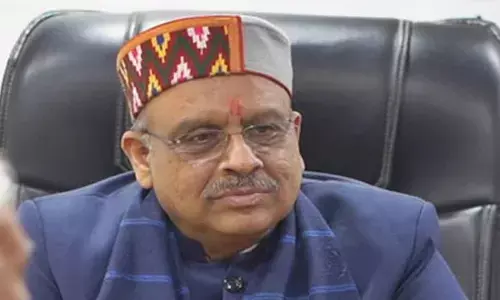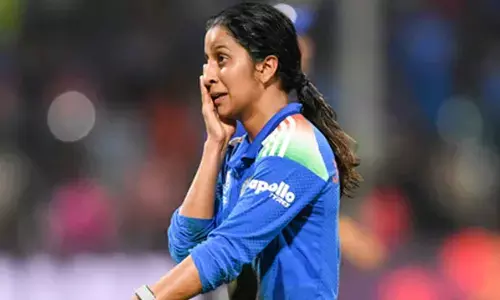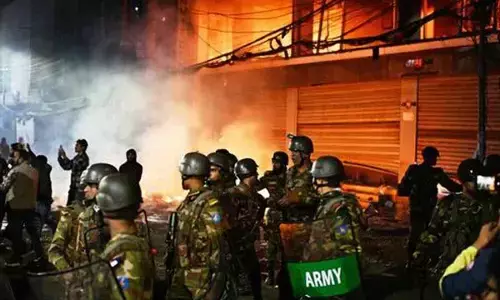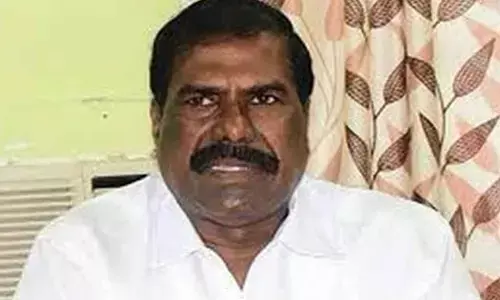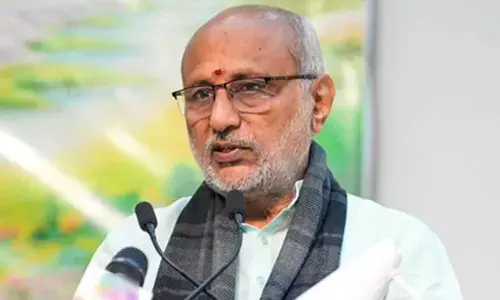Stock maharaja and the vintage adventures

The Concours d’Elegance though sounds like a classic French connection is rather today a Brit affair or at least that’s what the Cartier Concours d’Elegance was all about.
Indian automotive historian and curator of Concours d'Elegance at Taj Faluknuma , Manvendra Singh, Maharana of Barwani, hand-picked each car for the exhibition. In an exclusive interview he speaks about the expo and his passion for wheels…
The Concours d’Elegance though sounds like a classic French connection is rather today a Brit affair or at least that’s what the Cartier Concours d’Elegance was all about.
And like every edition, even this one flew a British Flag, with a 1914 Wolseley 30/40 HP bagging the Best of the Show car. It isn’t like there weren’t better cars from other countries, but that’s the catch here, you are too mortal (even naive) to judge the assemblage.
For Concours d’Elegance isn’t the regular run-in-the-mill vintage car expo, where you can just show up and sign your name on the list of contestants; instead, owners and their cars are personally invited to attend. If it helps, you can think of it like the Beluga caviar of car shows.
Each car exhibited at the event was hand-picked by renowned Indian automotive historian and curator of the event, Manvendra Singh, Maharana of Barwani and were judged based on parameters such as originality and current condition.
The event was a celebration of cars, engineering, its finesse, but above all, it is a celebration of those rich stories associated with them. But something as rich as these stories was the story behind Cartier Concours d’Elegance itself, India’s answer to Pebble Beach.
“The whole idea began when Cartier had a polo match in Jaipur with elephants and the Late Mark Shand, British travel writer and conservationist, and the brother of Camilla, Duchess of Cornwall, was a part of the event.
Mark always campaigned for saving endangered species, and elephants were of a great interest to him. It was during this event when someone walked up to him and asked, you are doing much for the Indian elephants, but what about the white elephants (cars)?
Mark took those words very seriously and started an active campaign towards preserving cars. It was this pursuit that led him to me,” says Manvendra Singh.
He continues, “I was very resolute and told him that I will proceed only if I am assured that there will be no interference from anyone, any club and Cartier would be standing by my side. And that’s how the show began.”
The first edition was held in Mumbai, for the second one to Delhi, and the cycle continued for the next two editions. “It was when I felt that the venues are important too. We planned to bring it the South when Princess Ezra stepped in and Taj Falaknuma became our destination.”
The Maharana always had his fondness towards Hyderabad, “I have been to Hyderabad on many occasions. The city has a lot of vintage cars, and I have been here to judge many events here. But personally, the most striking thing about the city is that there are many families here who are single-owners for cars that date back to a century, which is incredible for any Concours.
In fact, around seven cars in the Concours are owned by families since new. Some families even have the bill from the time they bought the car; where else would you find families, who have lived with the cars for 60-65 years. I am really proud what Hyderabad has given me.”
The Concours are segregated into the pre-war and post-war era, he says, “According to the regulations, you will need a minimum of five cars to form a category. If there are huge numbers per categories, then we sub-divide them.”
“What excites me is to convince people to bring their cars out. For India has a rich heritage of cars and its own uniqueness. Do you have “pardah” cars anywhere else in the world? There is this Indian-ness about these cars, and all these testify a delightful evolution,” he concludes.








